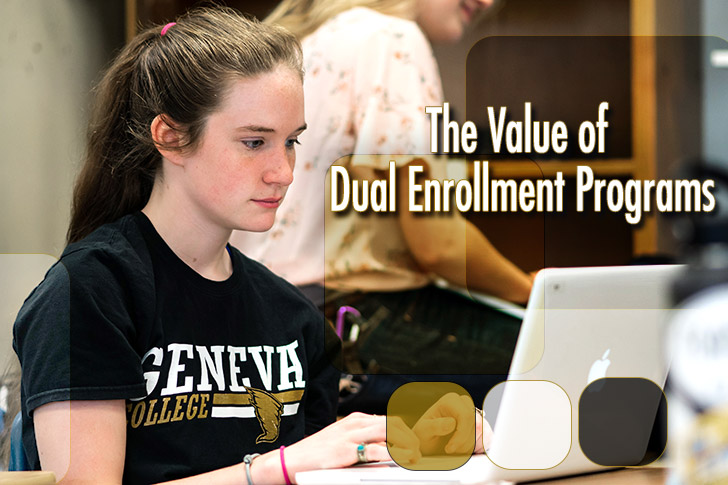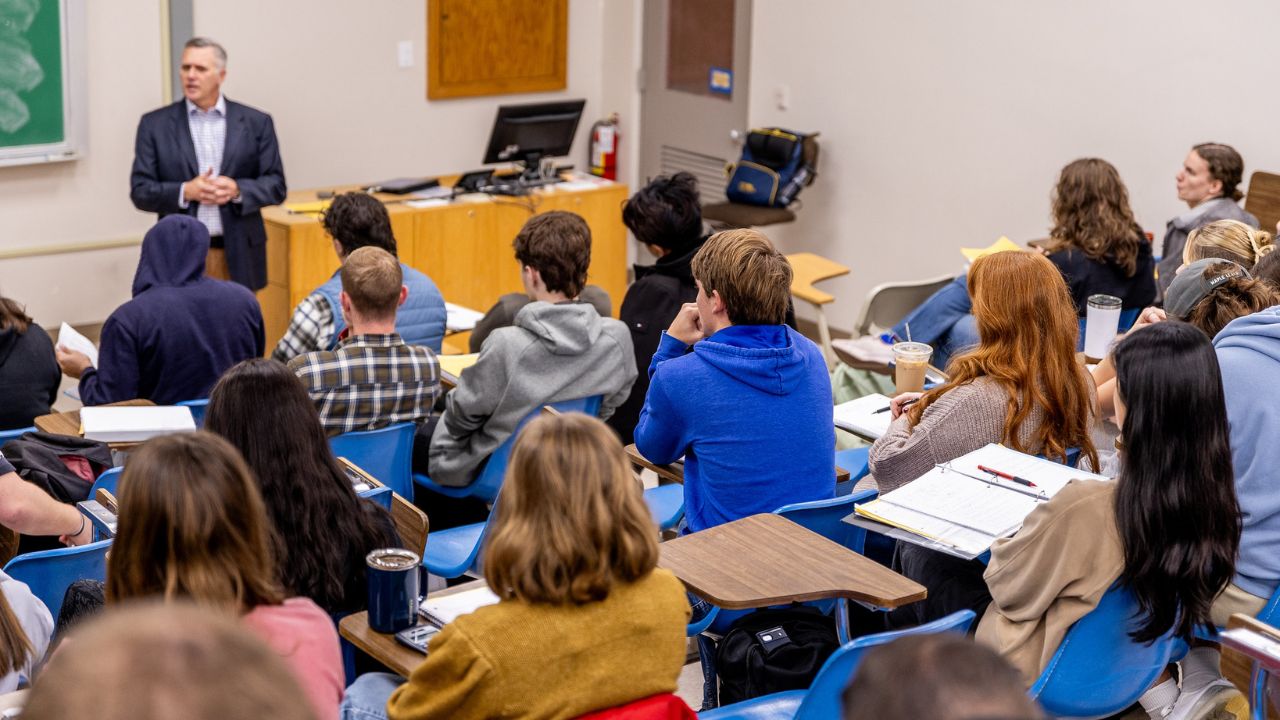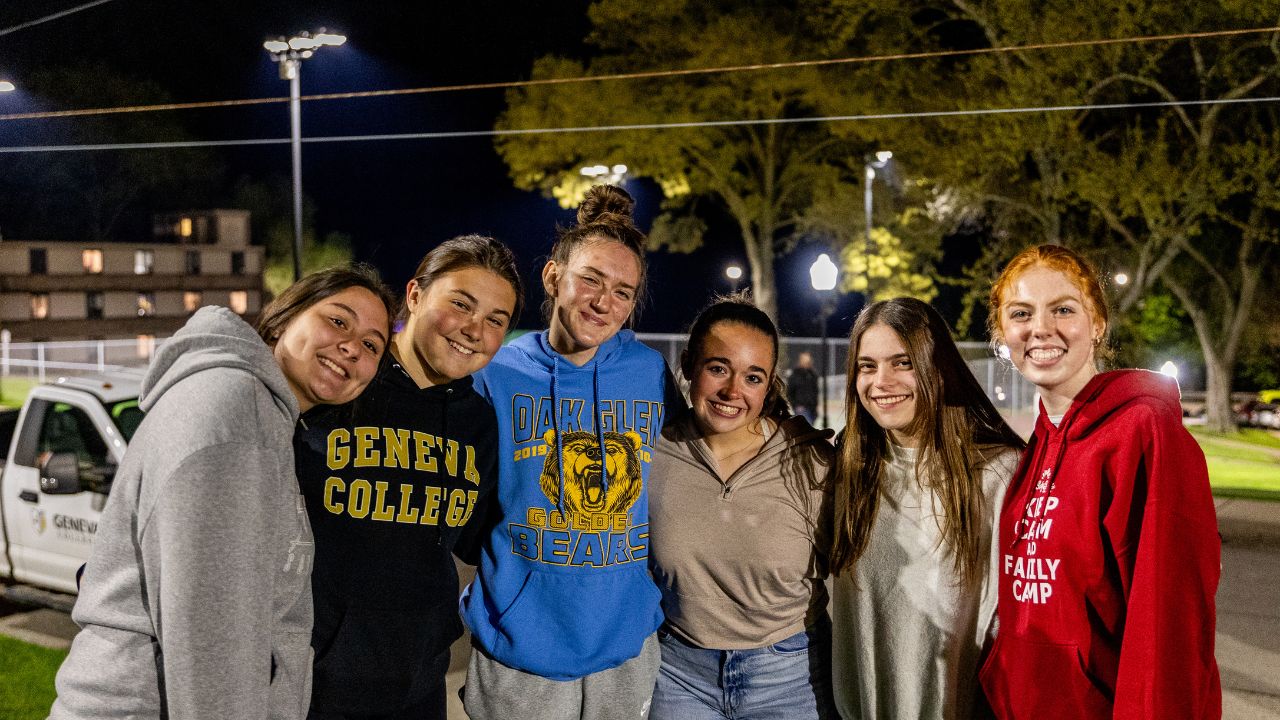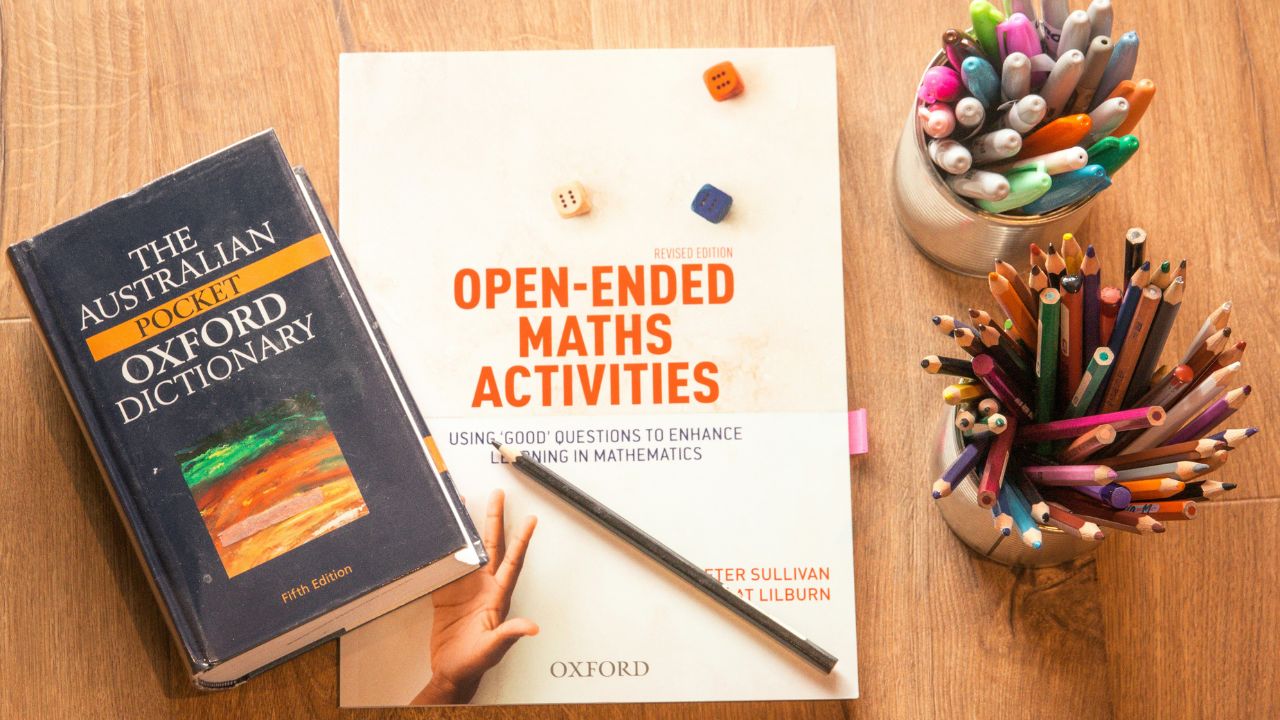
by Jeffrey S. Cole, PhD
Families are turning to dual enrollment programs as a way to mitigate the cost of higher education in the United States. At the same time, colleges and universities are promoting the programs as a way to attract students to their undergraduate programs. For families, the growing trend toward early enrollment offers significant positive benefits, but there can be pitfalls.
Dual enrollment programs, sometimes referred to as early college programs, allow high school students to complete college-level coursework before they have earned their high school diploma. The landscape of these offerings is becoming increasingly sophisticated with institutions offering on-campus, online, and in-high school options.
In on-campus and online courses, high school students are taught by professors in classes whose enrollment includes traditional undergraduate students. It is likely that instructors are unaware that a particular student is enrolled in the early college program as institutions might not differentiate between dual enrollment and traditional undergraduates on their course rosters. In on-campus and online courses, high school students can expect to be treated as a traditional undergraduate student. It is the student’s decision whether to identify themself as a participant in the dual enrollment program.
In-high school courses, sometimes referred to as concurrent enrollment courses, students are often taught by high school teachers certified by higher education institutions that have entered into partnerships with a high school. (In some models, college faculty travel to the high school.) Secondary school teachers must possess the same credentials that institutions require of those who teach on-campus as adjuncts or part-time faculty, or, in rarer cases, full-time faculty.
Concurrent enrollment courses are particularly attractive because high school schedules rarely match college schedules. This reality makes it difficult for secondary school students to leave their high school to take a course at a nearby college or university during the day. The downside of such courses is that high school students do not have the experience of studying under accomplished college professors in classrooms populated with college students. This observation is not meant to denigrate the quality of instruction that students receive in their high schools. While secondary teachers might not possess the depth or breadth of experience and knowledge that post-secondary professors have, their pedagogical skills may surpass those of professors whose graduate school preparation is likely to have been focused on research and writing rather than teaching. Additionally, in classes taught by high school teachers in their own school, students are likely to experience a higher level of academic support than those where participants are integrated into the traditional college classroom. What students may delay is the adjustment that they will have to make once they reach a college or university where instruction is provided by professionals who have little or no training in classroom pedagogy.
In all of these models, students earn transcripted college credit if they successfully complete the coursework. Credits are often transferrable to a student’s undergraduate institution, but families should be aware of two important matters related to dual enrollment course credit.
First, parents should check to be sure that the college or university serving as the institution of record is fully accredited by a regional or national accrediting body, such as the Middle States Commission on Higher Education, the New England Association of Colleges and Schools, the Southern Association of Colleges and Schools, and any of the other regional entities in the United States. There are also national accrediting bodies, although most institutions hold accreditation from a regional body. If an institution is not accredited by a recognized regional entity, or by an entity such as the Transnational Association of Christian Colleges and Schools, it is likely that its courses will not be accepted in transfer by institutions that are regionally accredited.
Second, if a student knows where he or she would like to enroll for their undergraduate program, families should consult with the intended institution to ascertain how the dual enrollment courses will be accepted in transfer. For example: a college might not permit a student to major in chemical engineering to count a general chemistry course toward her major. This is because a higher-level chemistry course might be required. In this case, it is likely that the general chemistry course might be counted as an elective or not receive credit at all. On the other hand, a college might allow the chemistry course to fulfill a general education (or core) requirement for a student who intends to be a business major, for example. Some institutions do not accept dual enrollment credit, although this is rare. Most institutions, however, limit the number of credits that they will accept. Families can learn about such restrictions through their admissions counselor, the registrar’s office, or institution’s online catalog.
Dual enrollment courses offer distinct advantages over Advanced Placement (AP) courses that high schools have traditionally offered. With AP courses, the student must take the AP test and, even then, college credit is not assured. Higher education institutions have varying policies concerning what score will be accepted and how that course will be counted. For example: a score of 3 on the AP US History exam might not earn the student any credit, while a college might grant general elective credit for a score of 4, and, perhaps, credit for a specific US history course in its curriculum if the student earns a 5 on the exam. Thus, with AP courses, the student has two hurdles to overcome: the AP test itself and the uncertainty of not knowing what all of their hard work will be worth in the end.
As the popularity of dual enrollment increases and more high schools offer such opportunities to their students, families need to understand the benefits and pitfalls of their student’s participation. School counselors are often well-versed in the elements of the programs, but families would also be wise to consult with the early college office at their high school’s sponsoring institution to discuss the program, and, especially, the admissions office of their student’s intended higher education institution.
Bio: Jeffrey S. Cole is professor of history and humanities and chairs the Core Department at Geneva College. He is a recipient of Geneva’s Excellence in Teaching Award and currently directs Crossroads: Geneva’s Center for Enriched Learning which includes Geneva’s Early College Program. Dr. Cole’s scholarly interests lie in the area of the Great Depression and New Deal.
Opinions expressed in the Geneva Blog are those of its contributors and do not necessarily represent the opinions or official position of the College. The Geneva Blog is a place for faculty and contributing writers to express points of view, academic insights, and contribute to national conversations to spark thought, conversation, and the pursuit of truth, in line with our philosophy as a Christian, liberal arts institution.
Feb 8, 2020College PreparationRelated Blog Posts
Request Information
Learn more about Geneva College.
Have questions? Call us at 724-847-6505.











 Online Course Login
Online Course Login